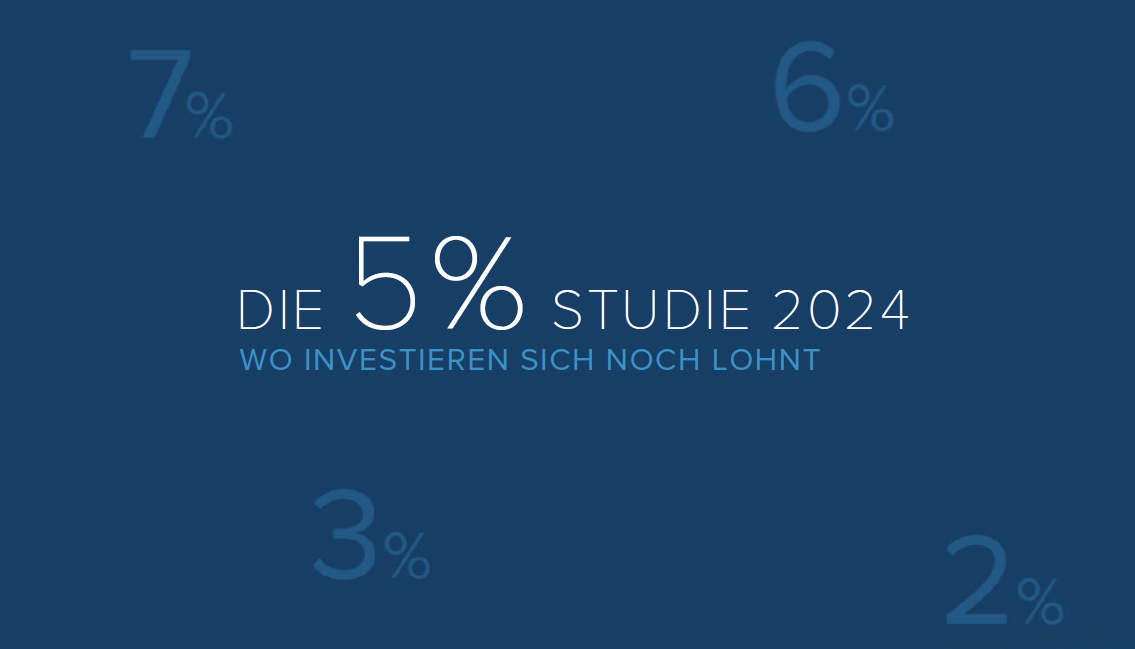Büros: Ist da jemand?
Leerstand in der Büroimmobilie ist der Worst Case für Eigentümer und Betreiber. Wir werfen einen Blick auf zwei unterschätzte Treiber: Bürobeschäftigung und Demografie.
Das Chart ist ein Auszug aus dem PDF „Marktwissen“, das RIWIS-Nutzer bereits online finden. Es basiert auf unserer Frühjahrsprognose, die wir für die Segmente Büro, Handel, Logistik und Wohnen erstellen.
Welche Faktoren beeinflussen den Leerstand? Generell ist die konjunkturelle Entwicklung entscheidend, da sie die Zahl der Bürobeschäftigten und auch die Nachfrage an sich signifikant mit beeinflusst.
Im kommenden Jahr ist bereits mit einer Verbesserung der konjunkturellen Situation zu rechnen. Zudem werden 2024 und 2025 voraussichtlich Höchststände bei der Zahl der Erwerbstätigen und damit auch der Bürobeschäftigten erreicht. Allerdings lässt danach der demografische Wandel das Arbeitskräftepotenzial insgesamt sinken und wird somit als wesentliche Einflussgröße am Büromarkt durchschlagen.
Wichtig ist jedoch, nach Standorten zu differenzieren. In allen A-Städten wird die Zahl der Bürobeschäftigten in den kommenden fünf Jahren zunehmen, in den kleineren Städten wirkt sich die demografische Entwicklung hingegen schon kurzfristig aus.
Für den Leerstand mit entscheidend ist auch der „Flight zu Quality und Location“. Während Spitzenobjekte in guten Lagen weiterhin gefragt sind, ist die Situation in dezentralen Lagen und in wirtschaftlich schwachen Regionen, sowie generell für Objekte mit strukturellen Defiziten, schwieriger.
Zu berücksichtigen ist auch, dass in den A- und B-Städten in den kommenden Jahren hohe Fertigstellungen zu erwarten sind. Dies ist vor dem Hintergrund der nach wie vor verhaltenen Büroflächennachfrage kritisch zu sehen – die Leerstandsquoten werden daher schon kurzfristig weiter ansteigen und das Mietwachstum außerhalb der Top-Lagen dämpfen.
Ansprechpartner: Robin Cunningham, Volkswirt bei bulwiengesa, cunningham@bulwiengesa.de, und Alexander Fieback, Bereichsleiter Büro, fieback@bulwiengesa.de
You might also be interested in
For our magazine, we have summarized relevant topics, often based on our studies, analyses and projects, and prepared them in a reader-friendly way. This guarantees a quick overview of the latest news from the real estate industry.
Little movement on the German real estate market
For the eleventh time, bulwiengesa presents its comprehensive analysis of the German real estate markets. The results of this year's 5% study, conducted in collaboration with ADVANT Beiten, show that the German real estate market is characterized by widespread stagnation. At the same time, niche segments are becoming increasingly attractive. The market is increasingly rewarding professional asset management and specialist knowledge—a trend that separates the wheat from the chaffFive per cent returns no longer illusory even for core properties
The ‘5% study - where investing is still worthwhile’ celebrates its tenth anniversary. Since the first edition was published, the German property market has tarnished its reputation as a safe investment haven. Higher yields are now within sight, even for prime properties, and even residential property is increasingly becoming a profitable asset class again. The market is more exciting than it has been for a long timeRefurbishment of offices - what is the status?
Around a third of office space in the seven A cities is in need of refurbishment. But things are happening - especially where rents are high. This is shown by the first apoprojekt stock compassInteresting publications
Here you will find studies and analyses, some of which we have prepared on behalf of customers or on our own initiative based on our data and market expertise. You can download and read many of them free of charge here.







